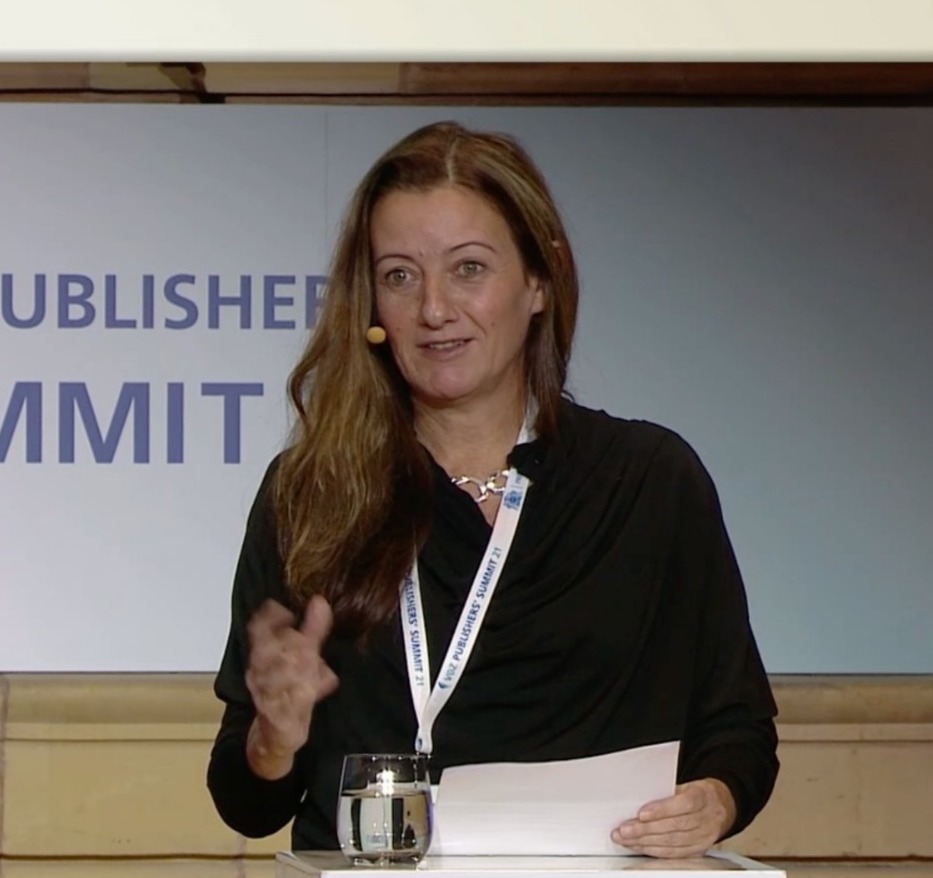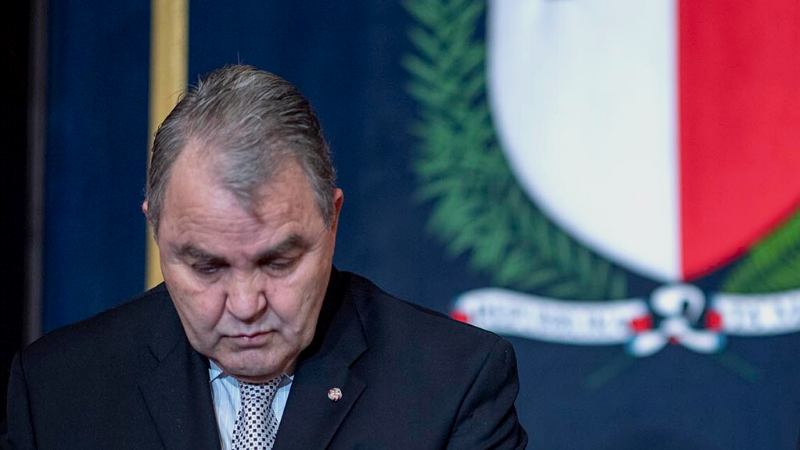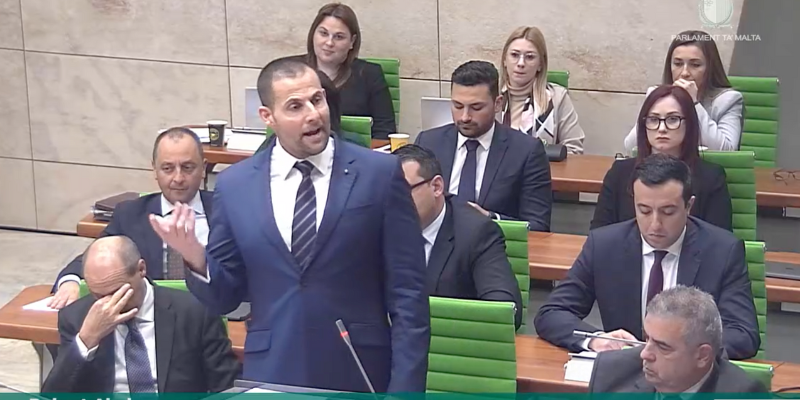On World Population Day, recent statistics published by the NSO show significant changes in Malta and Gozo’s population.
By the end of 2023, the islands’ population reached 563,443, a 3.9% increase from the previous year. This growth follows a decade-long trend, with the population rising from 414,027 in 2008.
Net migration drove this increase, adding 20,960 people. In 2023, 42,239 people immigrated to Malta and Gozo, while 21,279 emigrated.
Non-EU citizens made up 93.1% of net migrants, and males accounted for 65.3%. Although net migration slightly decreased by 3.8% compared to 2022, both immigration and emigration numbers rose, showing heightened movement.
Natural population growth also contributed, with an increase of 432 in 2023, up from 79 in 2022. This rise was due to more live births and fewer deaths. Live births increased by 3.6%, with 40.3% of parents aged 30 to 34.
Resident deaths decreased by 4.7% to 4,030, with 69.4% of those deaths among individuals aged 75 and over.
By the end of 2023, males made up 53% of the population. Those under 18 years of age accounted for 14.7%, and those aged 65 and over constituted 18.4%.
Among the senior demographic, 3,611 individuals were aged 90 and above, with females (2,568) outnumbering males (1,043).
Malta and Gozo’s population has risen continuously from 414,027 in 2008 to 563,443 in 2023, driven by substantial net migration and natural growth.
In 2019, net migration peaked at 21,225, one of the highest levels in recent years.
These demographic trends show a dynamic, growing population in Malta and Gozo that is primarily driven by migration and natural growth.














